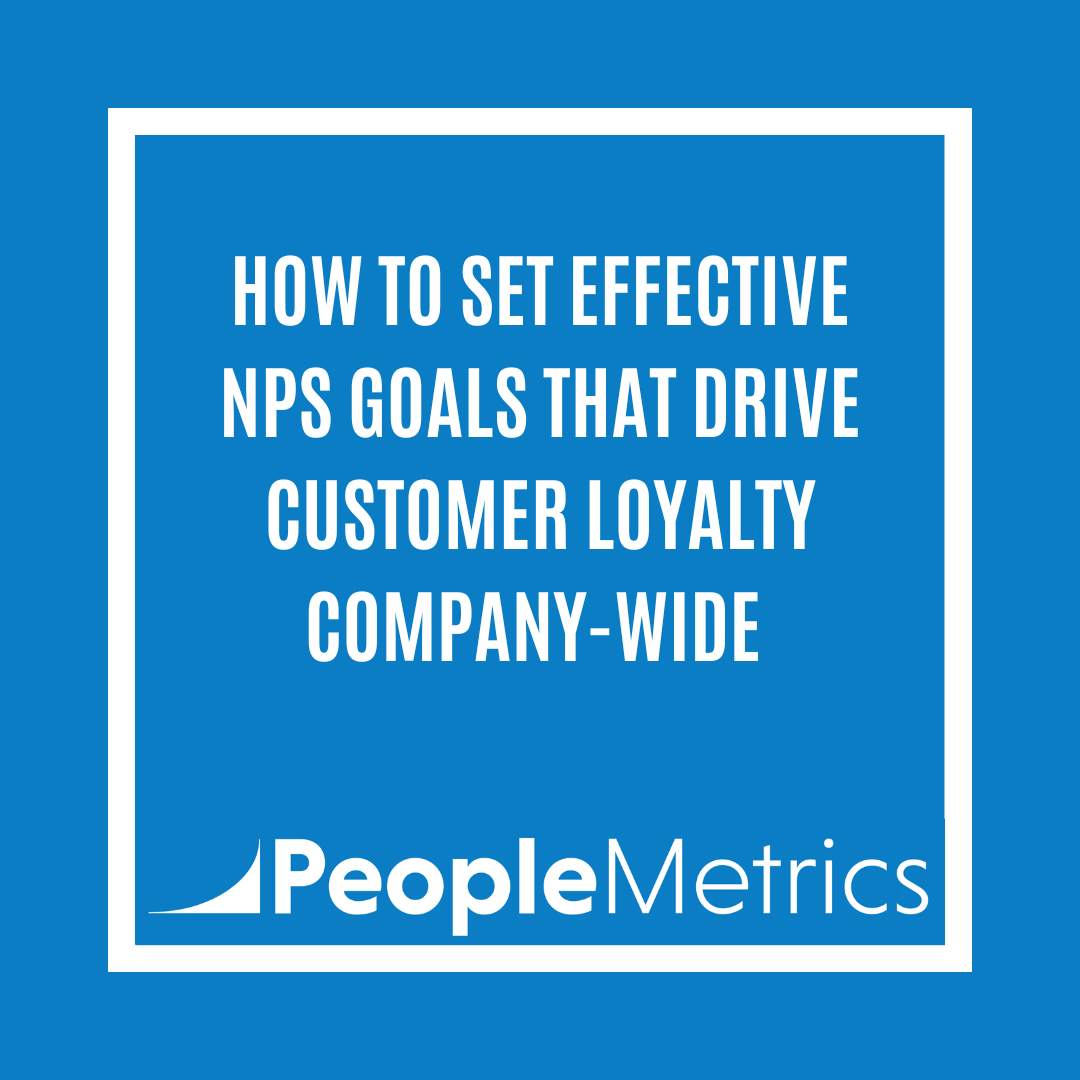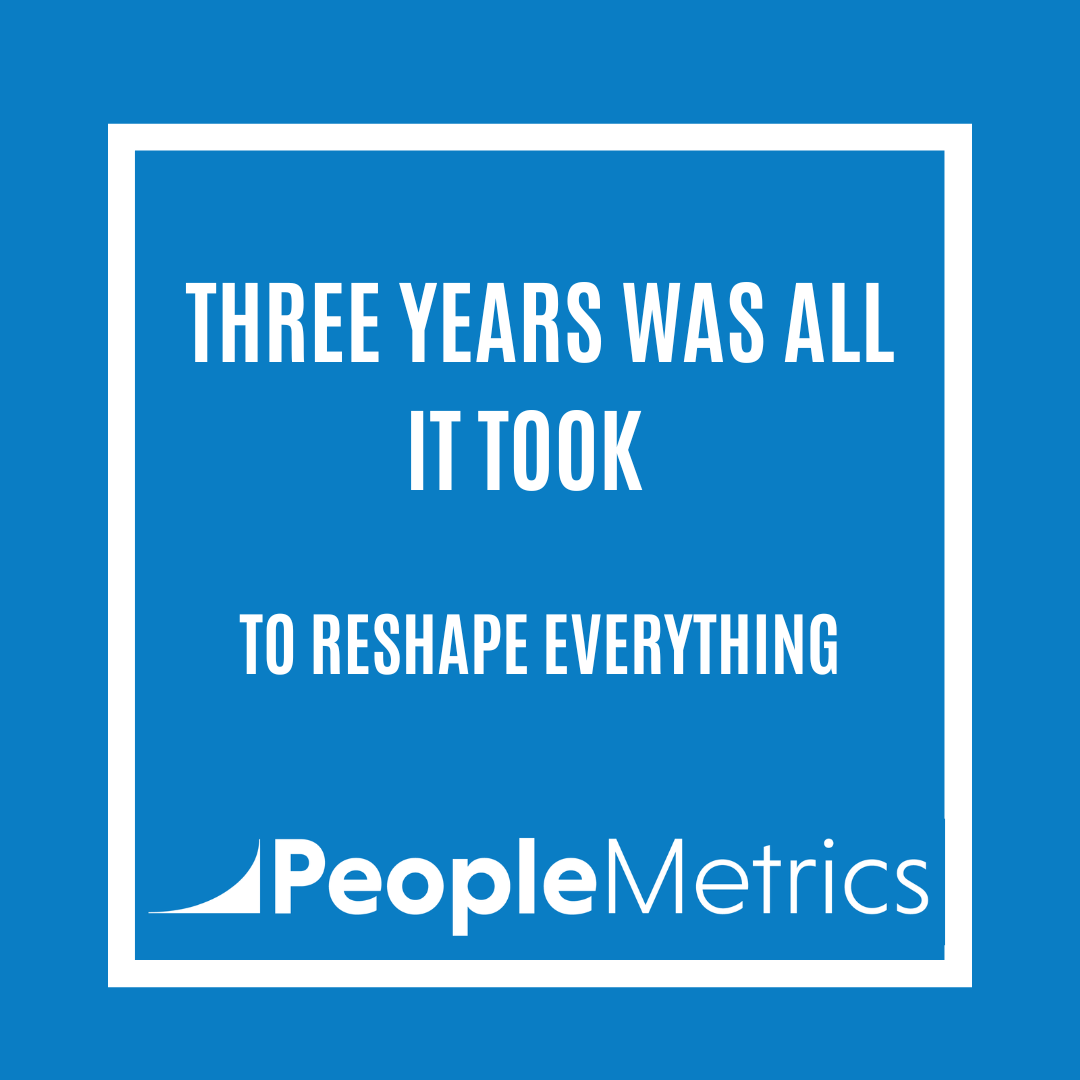Who this is for:
Customer experience leaders, operations executives, and B2B/B2C teams looking to make Net Promoter Score (NPS) a core driver of customer loyalty, employee engagement, and business growth.
What it solves:
Many NPS programs stall because they lack clear ownership and don’t connect the score to everyday work. This guide shows how to set meaningful NPS goals, embed them across your organization, and turn loyalty into a shared mission.
Why Most NPS Programs Plateau
Even if you’re asking the right questions, closing the loop, and activating Promoters, your NPS score won’t improve unless people across the business own it.
Common signs your NPS program is stuck:
- NPS appears in a quarterly slide deck, and that’s it.
- No one knows who’s responsible for improving the number.
- Frontline teams don’t understand how their actions affect it.
When there’s no accountability, the score becomes a passive metric. And passive metrics don’t drive change.
How High-Performing Companies Set NPS Goals That Work
- Make Goals Local and Actionable
Elite companies break down their NPS goals so they’re relevant at the team, region, or individual level.
Local: Each team sees and owns their NPS.
Actionable: Goals are tied to specific behaviors like faster response times or referral follow-ups.
Visible: Metrics live in dashboards, scorecards, and team meetings, not buried in spreadsheets.
Case Study: A regional bank replaced its single NPS target with branch-level scores and driver insights. When “wait times” hurt NPS, local managers addressed staffing. When “friendly staff” boosted scores, those employees were recognized. Branches began competing and customer loyalty rose.
- Tie NPS to Real Business Outcomes
Help teams understand how NPS connects to what they already care about:
- Higher NPS = increased renewals and contract expansions
- Promoters = referral opportunities and pipeline growth
- Fewer Detractors = lower churn and fewer escalations
Example: A consulting firm tracked revenue generated from Promoter referrals. For their account managers, NPS wasn’t just a metric, it was a sales lead engine.
- Build NPS Into Performance Reviews and Incentives
The most effective companies make NPS part of how success is measured.
- Store manager bonuses partially tied to NPS improvements
- Shout-outs from customers recognized in team meetings
- Leaders highlight both problem resolution and repeated wins
Example: A retail chain rewarded managers not just for NPS scores, but also for customer stories that reflected exceptional service.
- Activate NPS in Your CRM and Daily Workflows
Don’t isolate NPS in research reports. Integrate it into how teams work.
- Route Detractor alerts to account managers for follow-up
- Log actions taken in response to low scores
- Ask Promoters for referrals within 24 hours
Example: A B2B telecom firm embedded NPS in their CRM. Account managers got instant alerts and could act fast, transforming NPS from a lagging metric to a real-time growth driver.
What Real NPS Goal-Setting Looks Like
Instead of “We want an NPS of 70,” ask:
- What’s our score today, and what’s realistic for next quarter?
- What actions will move the number?
- How will each team contribute?
A better goal:
“We’re at 45. Let’s get to 50 by next year by reducing onboarding friction, improving first-response time, and activating 5 new Promoter referrals per region.”
Keep the Story Alive
The most powerful NPS programs keep loyalty visible and emotional:
- Share customer stories alongside scores
- Spotlight Detractor turnarounds and Promoter wins
- Publicly recognize teams that move the needle
Loyalty becomes a habit, not a quarterly metric, when teams see how their actions matter.
Ask Yourself:
Before calling your NPS program “Elite,” answer:
- Does every team understand how they impact NPS?
- Are goals localized, realistic, and behavior-based?
- Is NPS tied to outcomes like renewals, referrals, and revenue?
- Are wins celebrated and shared across the business?
Final Thought: NPS Is a Promise
NPS isn’t just a survey. It’s a promise to your customers:
“If you give us feedback, we’ll listen, act, and earn your loyalty.”
When everyone from frontline to C-suite owns that promise, you’re not just measuring loyalty. You’re building it every day.
Next Step:
Read the final post in this 10-part series to learn how to turn these practices into a lasting, scalable blueprint for NPS success.





